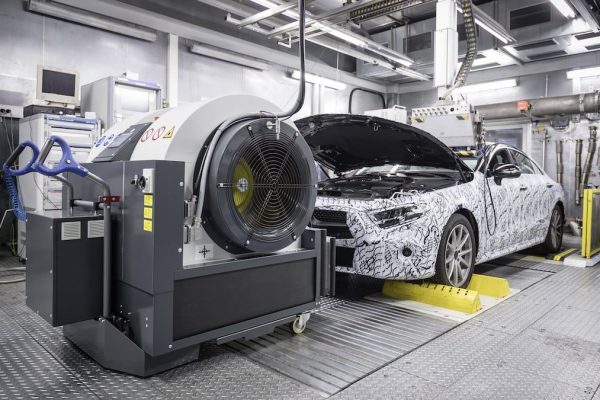European type approval is an essential process that ensures vehicles and components comply with the safety and environmental standards set by UNECE (United Nations Economic Commission for Europe) regulations. This strictly defined process applies uniformly across all countries that are party to the UNECE agreements, providing a single technical passport that simplifies the commercialization of products. But how does this process work exactly?
Phases of Type Approval: From Production Control to the Final Certificate
The path to type approval goes through several phases, each playing a fundamental role in guaranteeing the safety and quality of the final product.
1. Verification of Conformity of Production (CoP)
The first step is an inspection at the manufacturer’s plant. The goal is to verify that the company has the necessary processes, tools, and quality controls to mass-produce the vehicle or component while consistently maintaining the type-approval standards. This step is crucial, as type approval is not limited to a single prototype but applies to the entire production cycle.
2. Tests in Accredited Laboratories
Once the production capability has been verified, the product undergoes a series of technical tests. These examinations are conducted by a designated Technical Service, an independent and accredited laboratory tasked with evaluating the product’s performance against the specific requirements of the UNECE regulation.
3. Drafting of the Test Report
At the end of the tests, the Technical Service drafts a detailed Test Report. This document serves as objective proof that the product has successfully passed all the required tests and is sent to the Type Approval Authority.
4. Issuance of the Type Approval Certificate
The Type Approval Authority examines the Test Report and all technical documentation. If the Authority confirms the product’s full compliance with the regulations, it issues the Type Approval Certificate, the official document that allows for the free circulation and sale of the product in the participating countries.
Maintaining Type Approval: The Importance of Inspections
The issuance of the certificate is not the end of the process. To keep the type approval valid over time, periodic inspections (CoP) are scheduled. These checks, which occur every two years, ensure that both the production facility and the product continue to comply with the initial type-approval standards.
The Role of a Specialized Partner
Navigating such a complex process requires a deep understanding of the regulations and procedures. Relying on an expert partner like ATS can make all the difference. ATS offers comprehensive guidance, assisting manufacturers at every stage, from initial preparation to obtaining the certificate and maintaining its validity over the years.
















